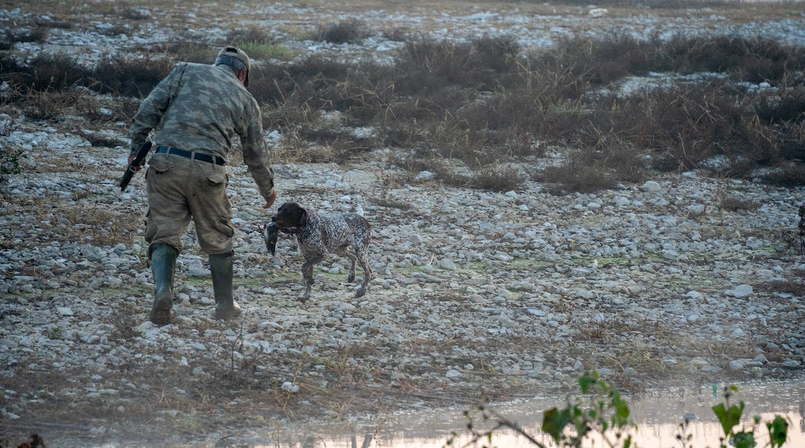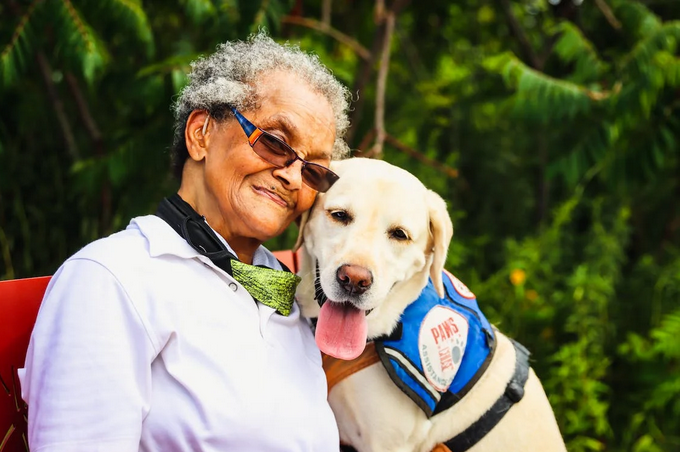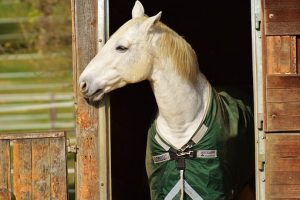How Animals Cooperate for Mutual BenefitHow Animals Cooperate for Mutual Benefit
Cooperation is a remarkable phenomenon observed throughout the animal kingdom, where diverse species engage in collaborative behaviors that result in mutual benefits. From hunting partnerships to symbiotic relationships, animals have developed intricate strategies to work together, enhancing their chances of survival, reproduction, and overall success.
When you learn about animals, you’ll understand how this cooperative behavior sheds light on the complex web of interactions within ecosystems and underscores the importance of interdependence in maintaining the delicate balance of nature. In this article, we’ll explore how animals cooperate for mutual benefit.
Pack Hunting and Predatory Cooperation

Many carnivorous animals engage in pack hunting to increase their hunting efficiency and success rates. Wolves, for example, form highly organized packs to pursue large prey. By working together, they can take down animals that would be difficult to capture individually. Lions also cooperate within prides to surround and overpower their prey. This collaborative approach ensures a steady food supply for the entire group and enhances the survival chances of the young and weaker members.
Mutualistic Relationships
Mutualism is cooperation in which two species benefit from their interactions. One well-known example is the relationship between bees and flowers. Bees pollinate flowers while collecting nectar; they help plants reproduce by spreading pollen. Another mutualistic partnership is in cleaner fish and larger marine animals like sharks and rays. The cleaner fish feed on parasites and dead skin, providing a cleaning service to their hosts and gaining a food source.
Commensalism
Commensalism is a type of interaction where one species benefits while the other is neither helped nor harmed. Birds that nest in trees or plants fall into this category. While the bird benefits from a safe nesting spot, the tree or plant does not experience any significant impact.
Cooperative Breeding
In cooperative breeding systems, animals work together to raise offspring. This behavior is commonly observed in birds, where non-breeding individuals assist in feeding, guarding, and caring for the young of a breeding pair. This collaborative effort increases the survival chances of the offspring and allows for efficient resource utilization.
Social Insects and Eusociality

Social insects exhibit highly developed forms of cooperation. These insects live in organized colonies with specialized roles, such as workers, soldiers, and reproductive individuals. The selflessness displayed by workers, who often sacrifice their reproduction to support the colony, exemplifies the concept of eusociality and highlights the power of collective efforts.
Protective Alliances
Some animals form protective alliances to enhance their safety from predators. For instance, a mixed-species group of birds might forage together, benefiting from the collective vigilance against potential threats. The alarm calls of one species can alert others to the presence of danger, ensuring the entire group’s safety.
The diverse examples of cooperation in the animal kingdom reveal the intricate web of interdependence that sustains ecosystems. Whether through pack hunting, mutualistic relationships, or communal parenting, animals demonstrate an innate ability to work together for mutual benefit. These cooperative behaviors underscore the importance of collaboration in nature’s intricate tapestry, where each species uniquely maintains the delicate balance of life. As we observe and study these remarkable instances of cooperation, we gain insights into how animals navigate their environments, ensure their survival, and contribute to the richness and diversity of the natural world.



 What if you have a cat that you can tell ‘sit’ and it will sit. Isn’t that amazing? Well, this will only be successful if the animals are trained on how to understand these communications. An easy communication will give an easy time when interacting with them at home on a daily basis. People who keep pets can attest that well-trained pets love being communicated to making it very easy.
What if you have a cat that you can tell ‘sit’ and it will sit. Isn’t that amazing? Well, this will only be successful if the animals are trained on how to understand these communications. An easy communication will give an easy time when interacting with them at home on a daily basis. People who keep pets can attest that well-trained pets love being communicated to making it very easy. Some domestic animals are trained to raise the alarm in case there is an intruder in the house. Others like dogs will even pin down unauthorized people or other animals. Such high level of training ensures the animals people keep give them security in return. Most people who live in the countryside have dogs that protect their homes or any other animals that can be tamed and trained to provide such services.
Some domestic animals are trained to raise the alarm in case there is an intruder in the house. Others like dogs will even pin down unauthorized people or other animals. Such high level of training ensures the animals people keep give them security in return. Most people who live in the countryside have dogs that protect their homes or any other animals that can be tamed and trained to provide such services.